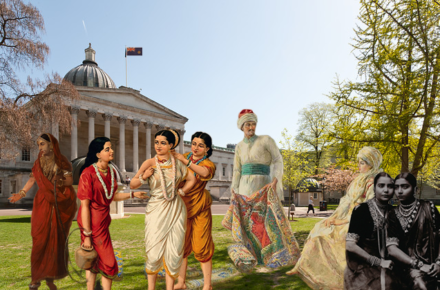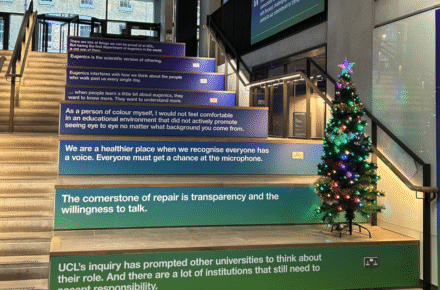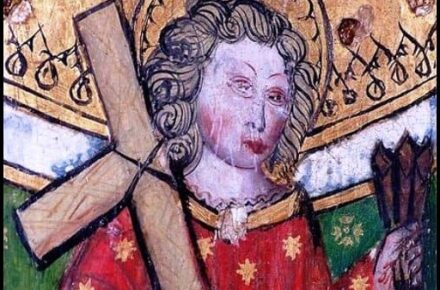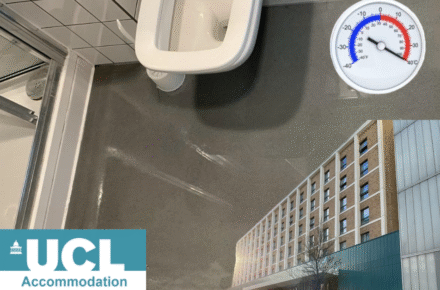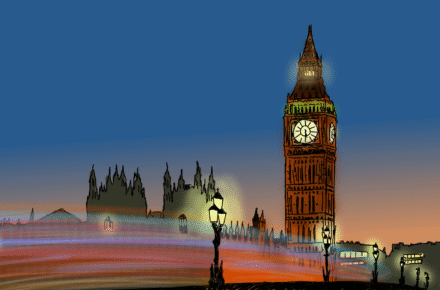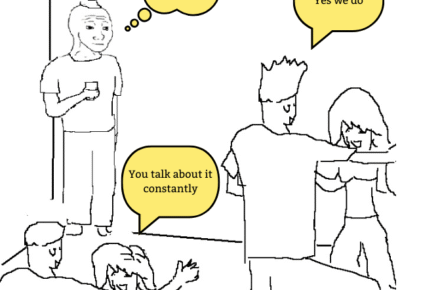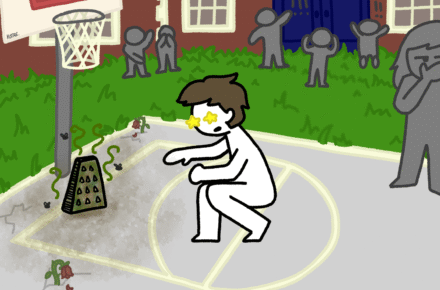
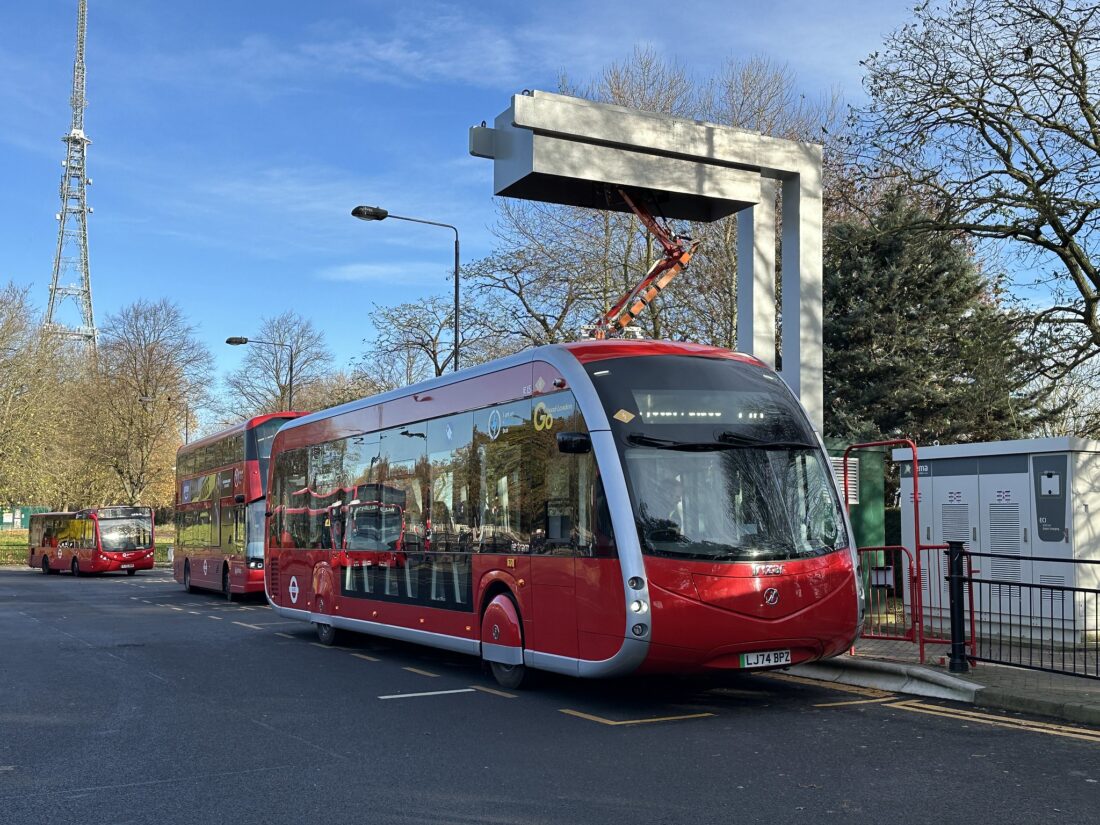
My nan died in 2023. Yes, that’s how I’m opening this. She died in a hospital near Morden. I thank TfL and the Northern Line that I was able to say goodbye to her.
The Northern Line meant that when I got the phone call from my house on Caledonian Road I was able to get to Morden Station within 90 minutes. To put that in perspective, my dad the following morning at 2am drove that journey. Even with the empty roads and flagrant violation of bus lanes, it still took him 90 minutes to do it. I managed to cover the same distance, in the same time, at 6pm on a Tuesday. Just give it a second to sink in. TfL and especially the Tube is a masterpiece of mass transit systems.
Those who have had the “pleasure” of working with me at The Cheese Grater for the past two odd years are well aware of my love for public transport; I don’t exactly try to hide it. Walking with me anywhere in the city tends to lead to a running commentary of interesting features. The first-year joke was that I could give my friends a fact related to almost any Tube station we passed through. A trip to the printers with the committee last year resulted in my rabbiting on about the new Overground Weaver Line to an editor-in-chief who was showing just enough polite interest so as not to hurt my feelings (I’m sorry Mads, I got a little excited).
This passion/obsession has always been in my life but certainly more muted, but moving to London for university awoke in me a burning fire which is yet to be put out. Moving to Dublin for my exchange year has doused this whole situation in petrol.
To put it quite simply, chaps, you don’t know how good you’ve got it. London has the tube, all 11 glorious lines, the DLR, the Elizabeth Line, the Overground network, a (frustratingly small) tram route, 675 bus routes, ferries, the Thameslink, and even that stupid useless expensive cable car. But, when you’re there you don’t seem to notice or you even seem to think it’s pathetically small.
At times, the system can feel particularly frustrating, having to wait over five minutes for a Tube, a bus having a driver change, and Kentish Town Station still closed (ed. – now open). It’s the little things of living there and it losing its “new-ness” that make you forget just what a frankly incredible system it is and how interlinked it is.
The intense variety and sheer number of different connection options in London made Dublin feel a little dull in comparison.
Dublin has no Tube. It has ideas of a Tube, but little progress has been made in achieving them in the nearly 20 years the idea has been floating about. It does have a light rail system, but this functions primarily to get people into the city, not around it – think of it as a Thameslink equivalent. Dublin’s only public transport win is that it has two tram lines – be still my beating heart. But they do not intersect: you have to walk 5 minutes between stops if you want to change from one line to the other.
A lot of Dublin’s transport woes when compared to London can simply be attributed to size. Dublin is a heck of a lot smaller both in geographical size as well as population, but the shock of moving here and quite frankly missing the soot and the strange hum of the tube really put into perspective how insanely well-connected London is.
Now that I have covered the more “logical” point of my argument, I turn to the actual reason I wrote this piece: TfL is whimsical – so damn whimsical. All the lines have names (even if some aren’t the most inspiring). The Tube trains themselves each have their own defining characteristics – the retro vibe of the ancient Bakerloo, the different smells between the air-conditioned Circle trains and the deep-level Central sweat boxes, most have their individual moquettes and colour schemes too. TfL knows how to make fun of itself. The 134 to North Finchley says “Tally Ho!” on it because it terminates at Tally Ho Corner! It’s a whimsy that shows a deep sense of pride and love for the transport network, run by people who care for it so much that they inject their passion and love into the physical object. It’s a whimsy that exists solely to make the journey more enjoyable. Cherish that whimsy, my dear Londoners. Without it, life is a little more grey.
My general point here is that London makes its transport something of a feature itself. The London Underground map is emblazoned on all sorts of paraphernalia – I have a shot glass with it on myself – the ubiquitous “Mind The Gap” and “See it, Say it, Sorted” are as much a national anthem as God Save the King. We even have a TfL Society at UCL now! What other university has a society dedicated to public transport, and more importantly do they have my contact details?
Public transport helps give a city an identity and culture. It helps us understand and identify parts of a city and gives distinctions to areas within it. We even describe where we live based on our nearest Tube station! Above all, a public transport system with a little love and whimsy can make a good day bad and can engage a population with where they live. The Nottingham trams, for example, are named after notable people from the city. Suddenly, the thing you have to get on every day to go to your boring job is a piece of local history and brings the heritage of where you live into your everyday lives. It connects us to our past and brings a bit of interest into a dull city, and it’s exciting to see TfL embracing that too with the naming of the Overground lines. Yes, they have been slated for being “woke” on Twitter, but the names themselves show that the city is proud of its people and is proud of its history, so much so that it is forcing the everyday commuter to recognise it and celebrate the histories of local areas.
London is a shining example of a city with transport, though not done perfectly, done bloody well. It has variety in its links allowing people from across the city to get to where they need to be (except south London, sorry), it has accessibility in how you can pay to use it, but most importantly: it has whimsy. When I lived in London, I don’t think I appreciated its whimsy and range enough, and now after leaving I quite simply miss it. I miss the weird squeak of the springs in the tube seats, the black snot, the “STAND CLEAR OF THE OPENING DOOR”. I miss the frequent pub arguments of which line is the best, but more importantly, I miss a city that is united by its transport, in its reverence and celebration of it and its unique culture.
So for those reading this in London, the next time you get the Tube, instead of standing there like a mindless Tube zombie, look at the map, look at the Moquette, look at the interesting station details and cherish the culture and delight that public transport can bring into our lives.
This article appeared in CG89

